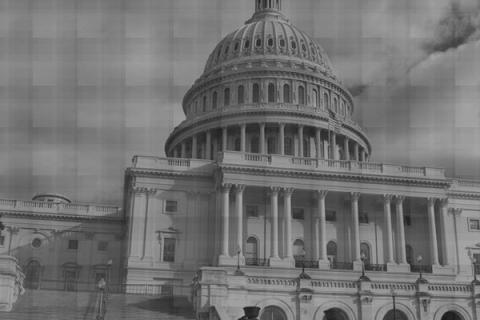 The California High Speed Rail Authority has released a report saying costs for their own proposed high speed rail (HSR) lines from Anaheim to San Francisco have more than doubled to $98 billion and will take thirteen years longer to complete than previously estimated. Yet, ever perky, the Authority says the line will be profitable from Day One and will never need public subsidies. This rosy estimate apparently even includes the proposed first link of the line, the “line to nowhere” which will go from Corcoran to Borden in the Central Valley.
The California High Speed Rail Authority has released a report saying costs for their own proposed high speed rail (HSR) lines from Anaheim to San Francisco have more than doubled to $98 billion and will take thirteen years longer to complete than previously estimated. Yet, ever perky, the Authority says the line will be profitable from Day One and will never need public subsidies. This rosy estimate apparently even includes the proposed first link of the line, the “line to nowhere” which will go from Corcoran to Borden in the Central Valley.
What’s that you say, you’ve never even heard of them? Neither had I, and had to look them up on a map. I’m sure they are fine towns, but spending a few billion to build high speed rail between them in hopes that this will somehow spur private investment to pony up tens of billions for the rest of the line seems like fantasy.
Even the most ardent supporters of the line have no idea where the funding will come from. A ballot measure in 2008 authorized almost $10 billion in bonds. But that’s nowhere near enough. And, ahem, does not the California taxpayer bear the burden of those bonds, including the interest on them, and does that not qualify as a public subsidy? I’d say it does. The US government has allocated $3.5 billion in funding but Congress has decimated that budget going forward. Future federal government subsidies, if they even happen, will be nowhere near that.
The primary reason for building the line to nowhere is that it would be the least expensive and besides, plans have already been drawn up and if construction doesn’t start by next year, then that federal funding evaporates. This is presented as a business plan. Taxpayer advocates call it folly and say ridership estimates are hugely overstated. No matter how you look at it, the proposed HSR line is tens of billions short of what it needs.
Another reason the Central Valley was chosen is because planners thought there would be little opposition to it from locals. Seemingly, planners must have thought those living there are yokels who could be ignored and who would present no problems. So, they carefully designed the new lines to be as intrusive, obnoxious, and noisy as possible. You think I’m exaggerating? Plans include a viaduct with trains roaring directly by Bakersfield High School at eye level doing 220 mph every 5 minutes or so. Gosh, that would be conducive to study, wouldn’t it?
It gets worse. The lines would destroy churches, manufacturing, apartments, fertile crop land, and more. Fresno alone would lose hundreds of businesses in just 16 miles. In Kings County, a dairy cow carcass processing plant would be bisected by the line. “Shutting down for even a few days would leave a mountain of carcasses,” says the L.A. Times. Farmers and ranchers, often quite wealthy and influential, have mobilized against it too. Really, this does seem like urban planners arrogantly assumed those in rural areas were bumpkins whose views need not be considered. But Sacramento has clearly underestimated Central Valley opposition.
Opposition in the urban San Jose corridor has been equally fierce. Plans have been revised numerous times and the cost is expected to be steep, as the HSR rail must either go aboveground or underground, as even the remote possibility of a car or truck being hit by a 220 mph train while attempting to cross the tracks must be avoided. But such plans, as with the Central Valley, mean large numbers of homes and businesses will be displaced. The entire HSR plan seems a rush to nowhere with little chance of ever being profitable.
